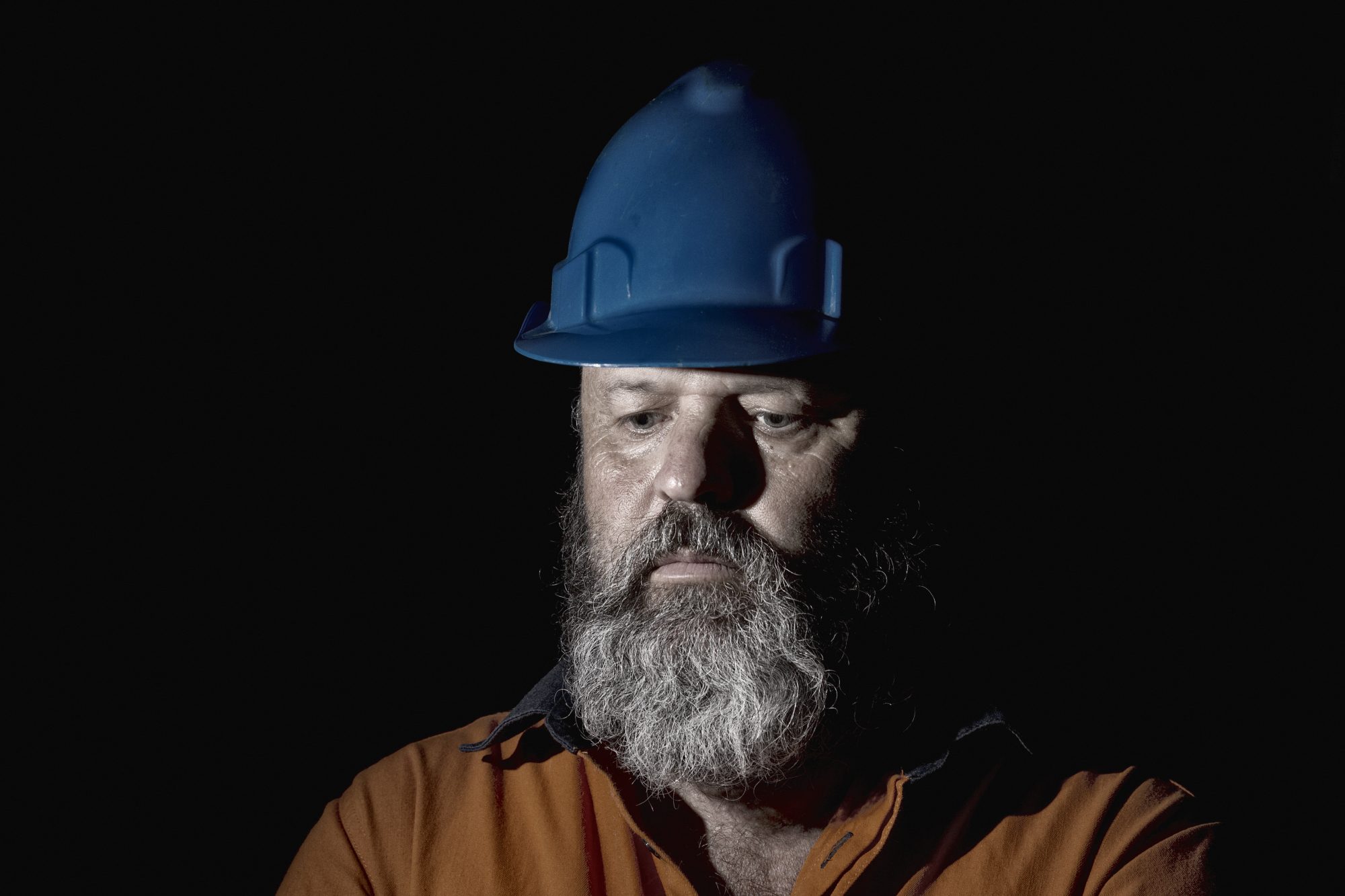Dr Lynne Green, chief clinical officer at Kooth, looks at the issues and causes of construction burnout and how employees, employers and colleagues can spot the signs
Health (both mental and physical), the economy, and employment are all interconnected. It’s been said that poor mental health costs UK employers between £33 billion and £42 billion per year. Data released by the HSE in December 2021, revealed that 822,000 of all UK workers suffered from work-related stress, depression or anxiety (new or long-standing) in 2020/1. Which is why it is vital for mental health to finally be viewed on an equal footing to physical health and safety in the construction industry.
The truth is that COVID-19 has taken its toll on the mental wellbeing of all working age adults in the UK including those employed in the construction industry. Construction workers in varying roles – site or office-based – have experienced instances of isolation, loss, and changes in routine over the past two years. This has led to a measurable, and significant, increase in presenting issues including anxiety and depression.
Research from the Chartered Institute of Building (May 2020) highlighted that 26% of construction workers had experienced suicidal thoughts and 97% had experienced stress over the year. According to a report from the CITB, the risk of suicide among some site based male construction workers was three times the national average and research from the team at Delamere Health Cheshire, highlighted that the construction industry faced high levels of burnout during Covid-19.
How are mental health issues – such as burnout – likely to manifest themselves at work?
Burnout is a state of emotional, physical, and mental debilitation or exhaustion caused by extreme or prolonged stress. It can arise from several external factors many employees have had to contend with not just in the working environment, but also at home.
Workplace factors include work overload and project deadline pressures, or from an employee’s own internal perceptions, for example feelings of inadequacy or defeat. Other key triggers include being isolated from family and friends – if working away – worrying about loved ones falling ill, or anxieties around employment and finances. Not forgetting the pressures of juggling care responsibilities if the dreaded ‘positive’ reveals itself and home schooling is back on the cards.
It’s clear just how much those working in the construction industry have had to cope with during the pandemic, so there should be no surprise that feelings of depression, isolation, or anxiety are brought to work. What’s more, because of long-term stress, employees are unlikely to feel refreshed after the weekend.
If employees are carrying an extra mental health burden around with them, this increases their cognitive load – the amount of effort they must use while reasoning and thinking. In turn, this reduces how well they can function, and can manifest itself in poorer or lower performance, until they are able to unburden themselves and refocus.
If an organisation doesn’t offer its staff mental health support, employees can continue to struggle and suffer. Their work performance is, unsurprisingly, likely to be affected. In some cases, this will create resentment among other colleagues who must pick up the slack, leading to low productivity and a toxic work environment. If this becomes a company-wide issue, it’s hard for managers to recover productivity and morale.
Looking again at the report from the CITB, it’s clear that industry leaders in the construction sector are keenly aware of the need to improve mental health and wellbeing. And while an encouraging number of employers are taking positive action, more work is urgently needed.
Spotting the signs of concern or distress
From the C-Suite and senior leadership team to the human resource departments and anyone with line management responsibilities, employers must make sure employee wellbeing is a top priority. Ensuring that teams have their antennae tuned into employee wellbeing, keeping an eye out for any signs of concern or distress, is critical.
Workplace wellbeing can often be a minefield for employers as it can be tricky to detect when employees are having a hard time. After all, people handle stress, anxiety, and burnout in different ways. Sometimes, it’s obvious when people are suffering. For example, someone who was previously a chatty, open person might become quieter and more reserved. Being attuned to noticing if they are feeling on edge, restless, withdrawn, overtired is helpful – these can all be signs that an employee is struggling to cope.
Overcompensating through an unusual increase in productivity might also be a warning sign – the key thing here is a change in usual presentation. Anxiety, stress, and burnout can also present through physical symptoms too, so employers should also be aware of any increased absences due to physical ailments, along with communications regarding poor sleep and symptoms of panic such as sweating, breathlessness and avoidance of activities. It can be difficult to spot the signs if employees are working from home or onsite, so regularly check in to see how they’re doing. The most important action for employers is not to ignore warning signs of distress from an employee.
This should not be new to many organisations – after all there is a chance that they’ve had employees with long-term periods of absence, due to mental or physical illness, grief, and loss, in the past. The challenge is that due to the impact of the pandemic, it may not have been quite on this scale or for an extended period.
Creating a psychologically safe work environment
Supporting the mental health of a workforce in the construction industry is set to become the defining challenge of our time. But how can this be done?
Putting employees’ mental health at the heart of a company’s values is the start point for any organisation wanting to create a psychologically safe work environment for all. Psychological safety means that employees should be able to show themselves without fear of negative consequences of self-image, status, or career. In psychologically safe teams, all employees must feel accepted and respected. This is where a “psychological safety” contract can come into play – where employees are clear on how they will be supported with any mental health concerns and what is expected from them in return is in place. This can also include making wellbeing conversations part of performance reviews.
In addition, having Ambassadors of Change and key figureheads around the business who champion mental health and wellbeing is important. As well as giving employees access to Mental Health First Aiders or Wellbeing Officers for additional support. In a small organisation, identify a Wellbeing Lead as a first port of call.
Think before you ask questions by taking a step back and considering how a wellbeing question might land before it is asked. If a manager doesn’t have a good relationship with an employee, leaping in with a wellbeing question like ‘How are you feeling?’ or ‘How well are you coping?’ can do more harm than good. That manager might be the last person an employee would want to confide in. People can also be wary of losing face if they tell the truth about feeling under stress. They might worry that their line manager will think they can’t cope and that they could be next up for redundancy.
This doesn’t mean avoiding wellbeing questions altogether. If you’re not the right person to ask those kinds of questions, you may choose to enlist the help of a colleague who has a better relationship with that person instead.
Ensure a manager knows their limits and can recognise when they are not the best person to offer help. However, every manager should know where to signpost employees for help. This might be a Mental Health First Aider, Wellbeing Officer, or someone outside the organisation who can offer professional support and guidance.
Also, it can be difficult to help people who haven’t told you that they’re feeling under pressure. Therefore, reaching out to an anonymous service like Kooth Work can be a lifeline to many.
Encouraging mental wellness as part of any corporate wellbeing programme – even in the construction industry – could introduce yoga workshops and meditation sessions. Or simply encourage people to take regular breaks during the day – to go out for a walk and enjoy time in nature. All of these are proven to reduce stress and help people achieve more balance in their lives.
Ensure the mental health support and tools: that are provided as part of a corporate wellbeing programme are fit for purpose and match the needs of the people in the organisation. There is no ‘one-size fits all’ when providing mental health support. Face-to-face support may not be suitable or viable for all employees. Digital mental health platforms like Kooth enable businesses to provide easily accessible services to the whole workforce, and tackle the stigma of seeking help by providing a safe, anonymous, and confidential space.
The potential positive impact of supporting employees in the construction industry with their mental health could transform the industry. It has the power to improve work conditions – helping employees not just to thrive but flourish and deliver their best work.














